

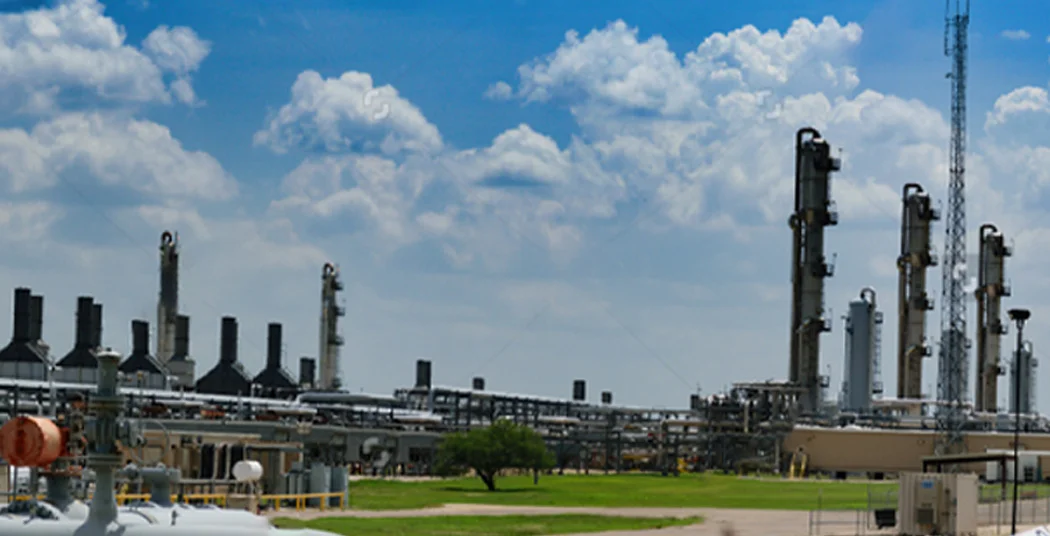
Natural gas may be produced from gas wells, casing-head gas from individual oil wells, or similar production origins and “gathered” through a network and then compressed for injection into a pipeline at a common location.
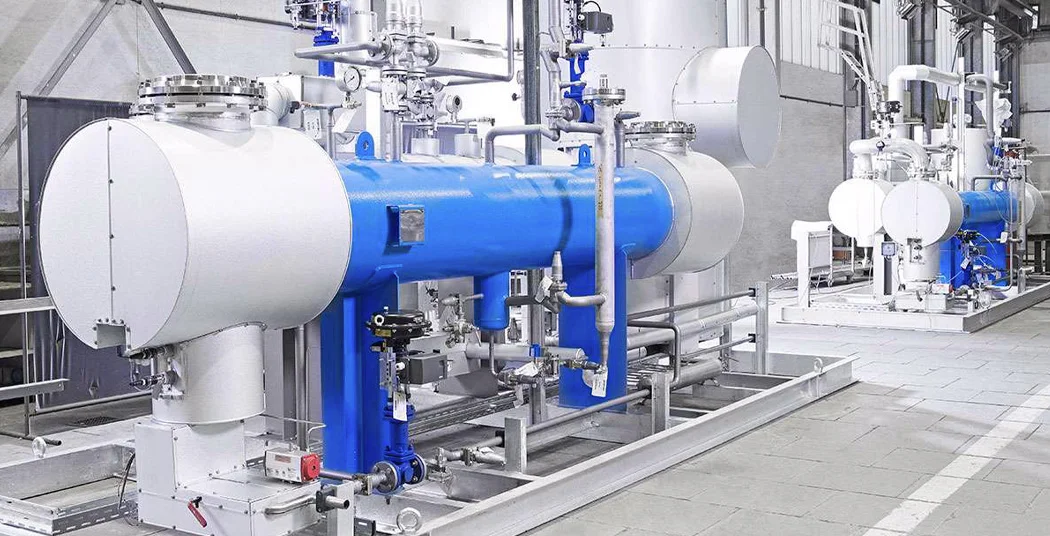
The reciprocating compressor is an integral part of purification and recovery systems used in many plants to prevent venting or burning valuable gases after being used in industrial processes. These compressors are integrated into the systems to ensure proper pressurization and temperature control of the feed, waste, and product gases.
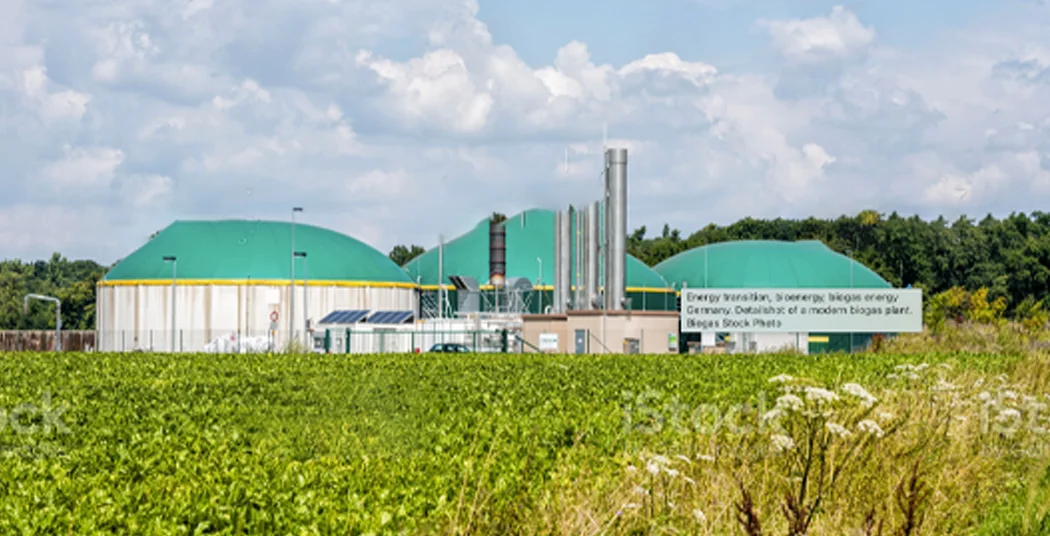
Organic waste materials in a solid waste landfill decompose over time, and form a gas composed of methane and carbon dioxide. The gas is recovered by drilling shallow wells connected by a gathering network. From this network the gas is compressed and processed for commercial use.
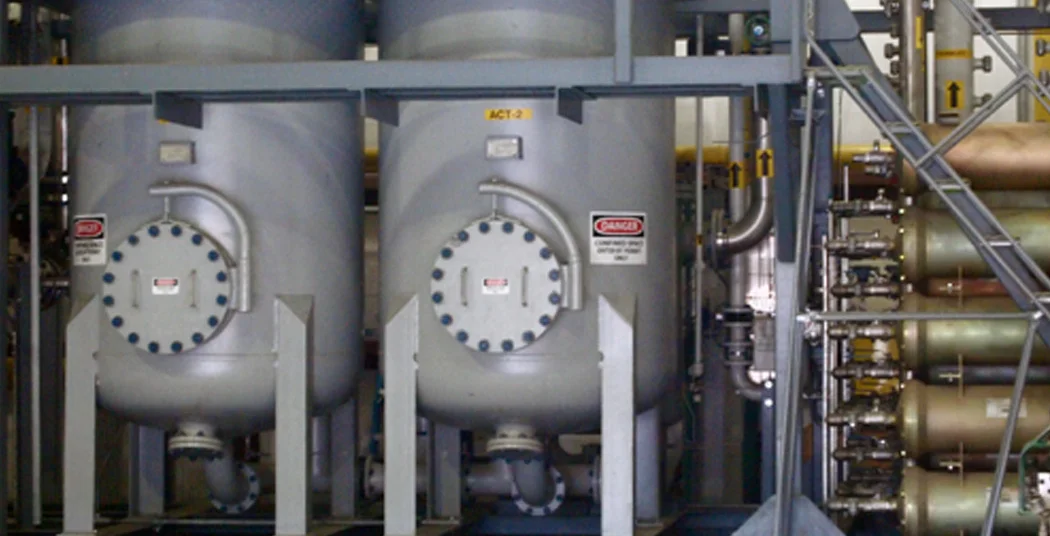
Gas separation by membranes is based on the principle that some gases permeate more rapidly than others due to their solubility in a particular membrane material. A compressor is used to maintain a differential pressure across the membrane, and to recycle the product after separation.
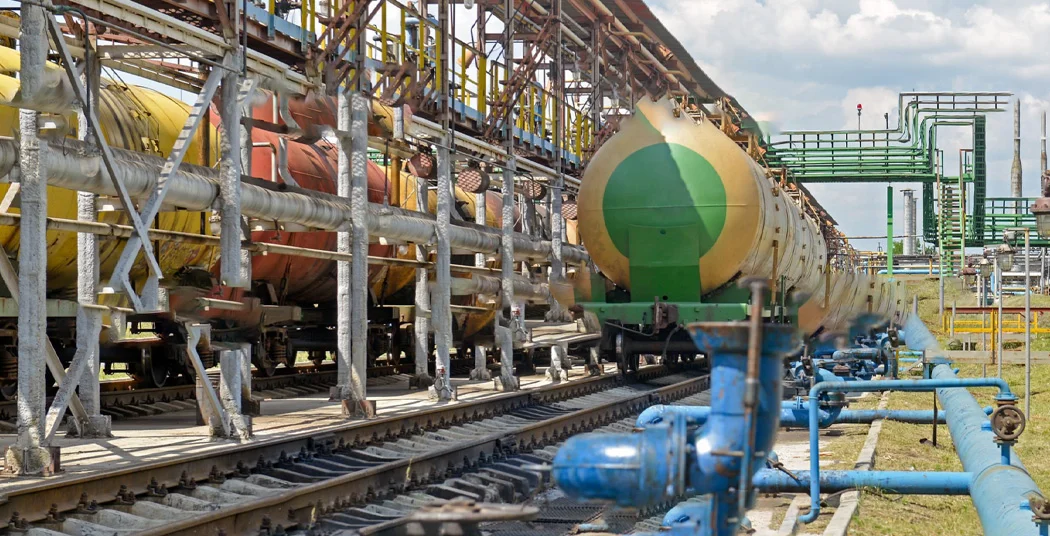
Hydrocarbon liquids of all types are stored in specially designed storage tanks and are transported in tank cars. These liquids are continuously generating hydrocarbon vapors, therefore a vapor recovery compression system is required to collect these vapors, process, liquids re-condense, and are collected and pumped back into a pipeline or storage tank. During unloading of volatile liquids, similar conditions exist, so the vapor recovery system takes care of any vapors that do form.
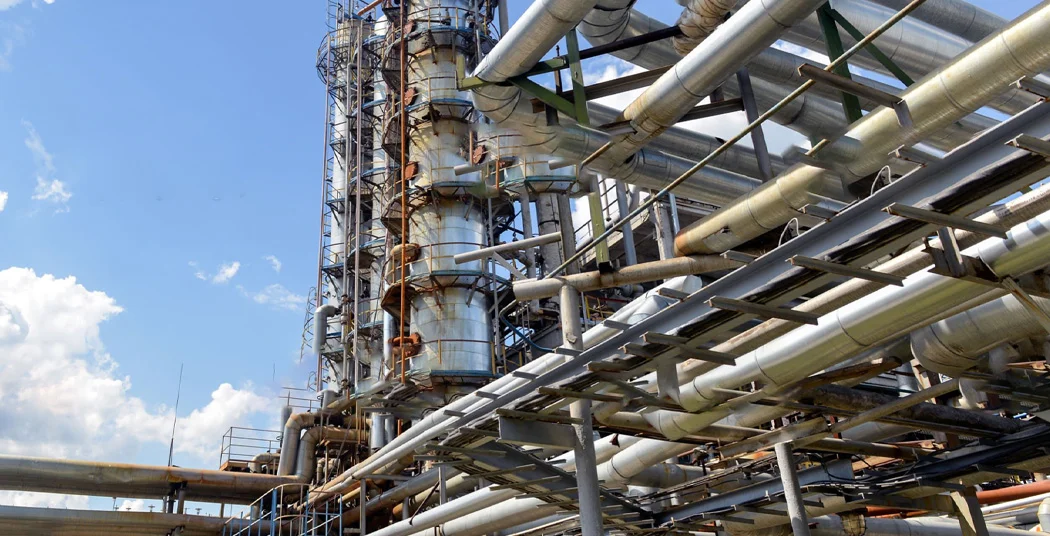
A gas plant is an operation designed to remove heavier, more valuable components from the methane in a gas stream. During this process a pressure drop is required, which must be recovered prior to introducing the gas into the pipeline. For small plants, this is usually a gas engine driven compressor.

Natural gas is a clean burning and relatively non-polluting vehicle fuel. Inlet pressures vary considerably, but discharge pressures are generally in the range of 3600 psig (250 bars). Gas may be stored in cascades of high pressure vessels, for dispensing to vehicles, or in transportable tubes (where the gas supply is not near the delivery point).
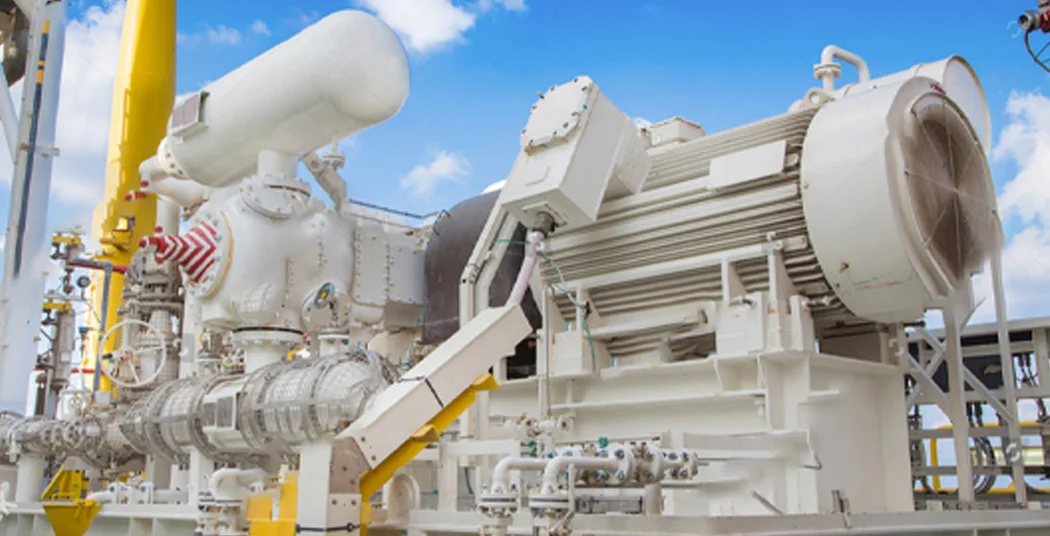
The fuel gas booster is used to supply a constant amount of natural gas at a specific pressure to turbine-generators. The pressure available from many supply sources is insufficient for the demands of the turbine, therefore a compressor is required. Control devices to ensure that the correct capacity is maintained as inlet conditions fluctuate are a very important component of the compressor system